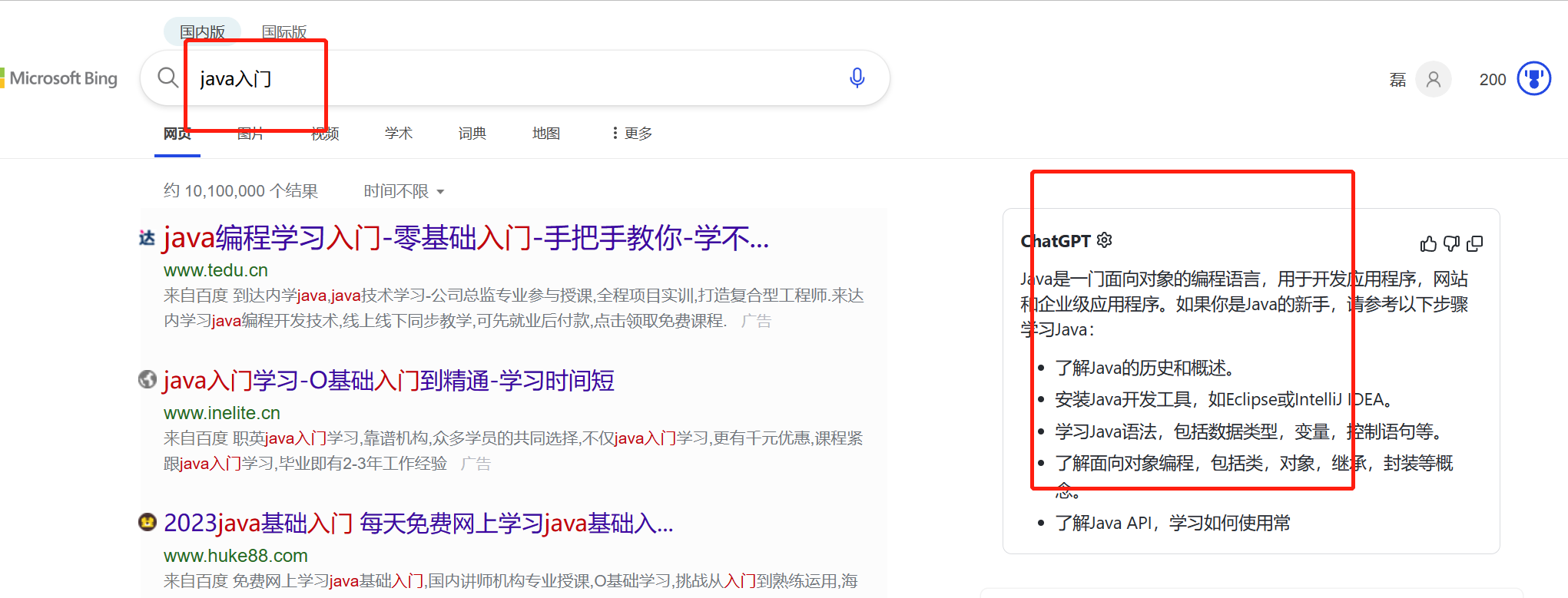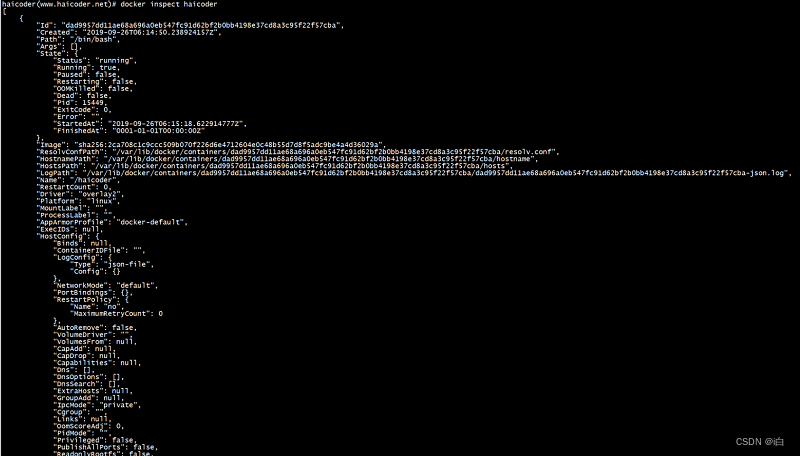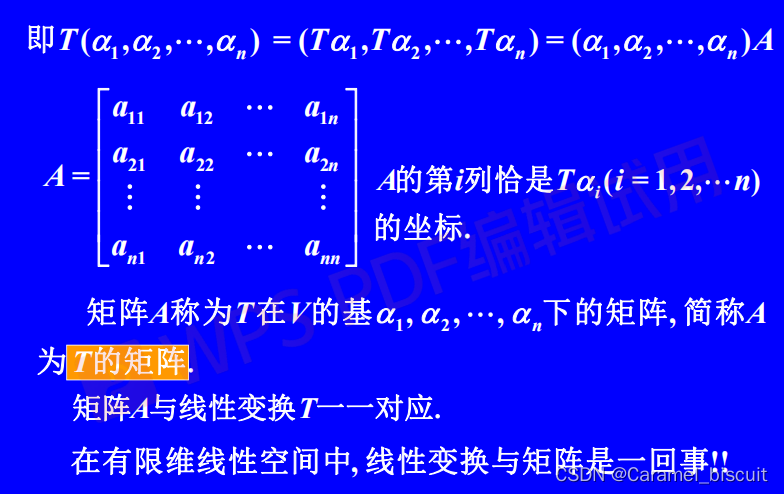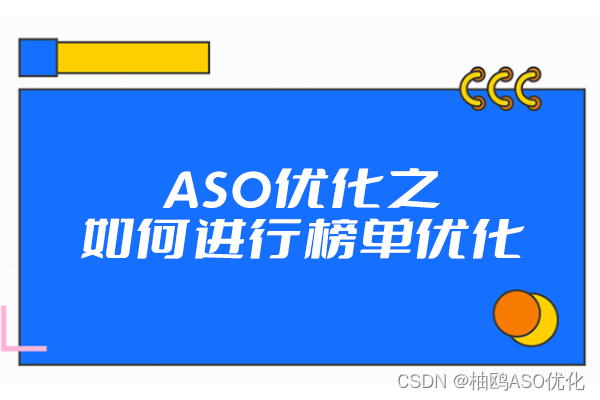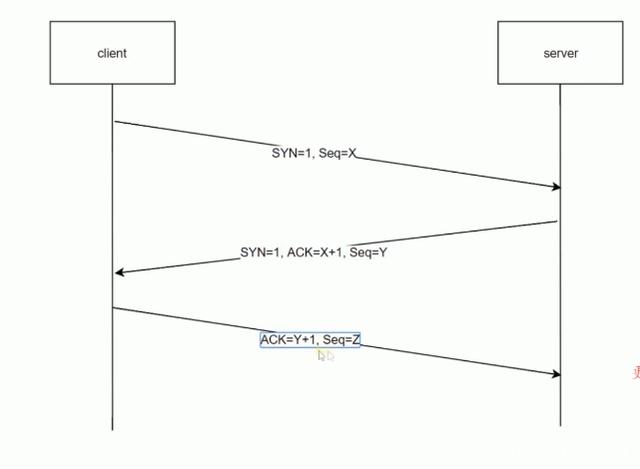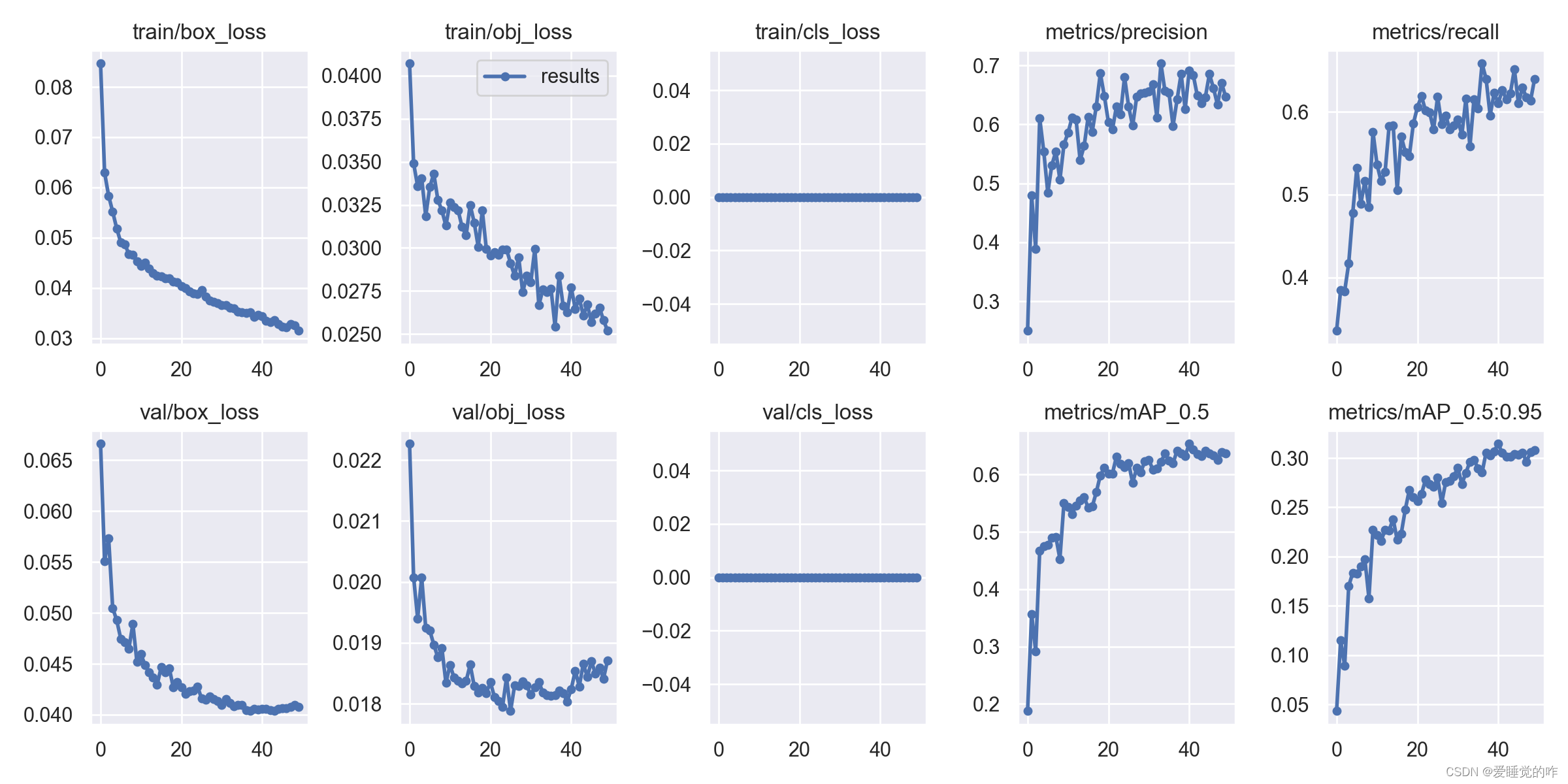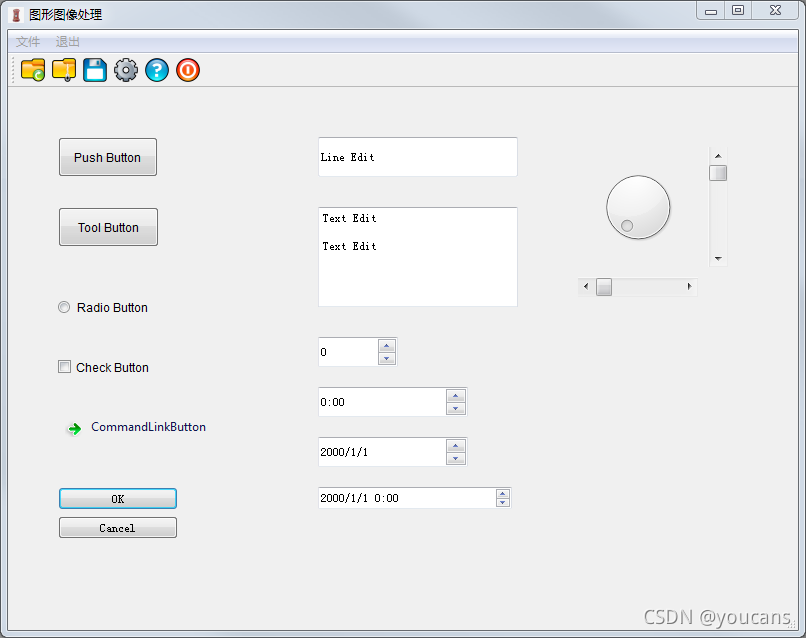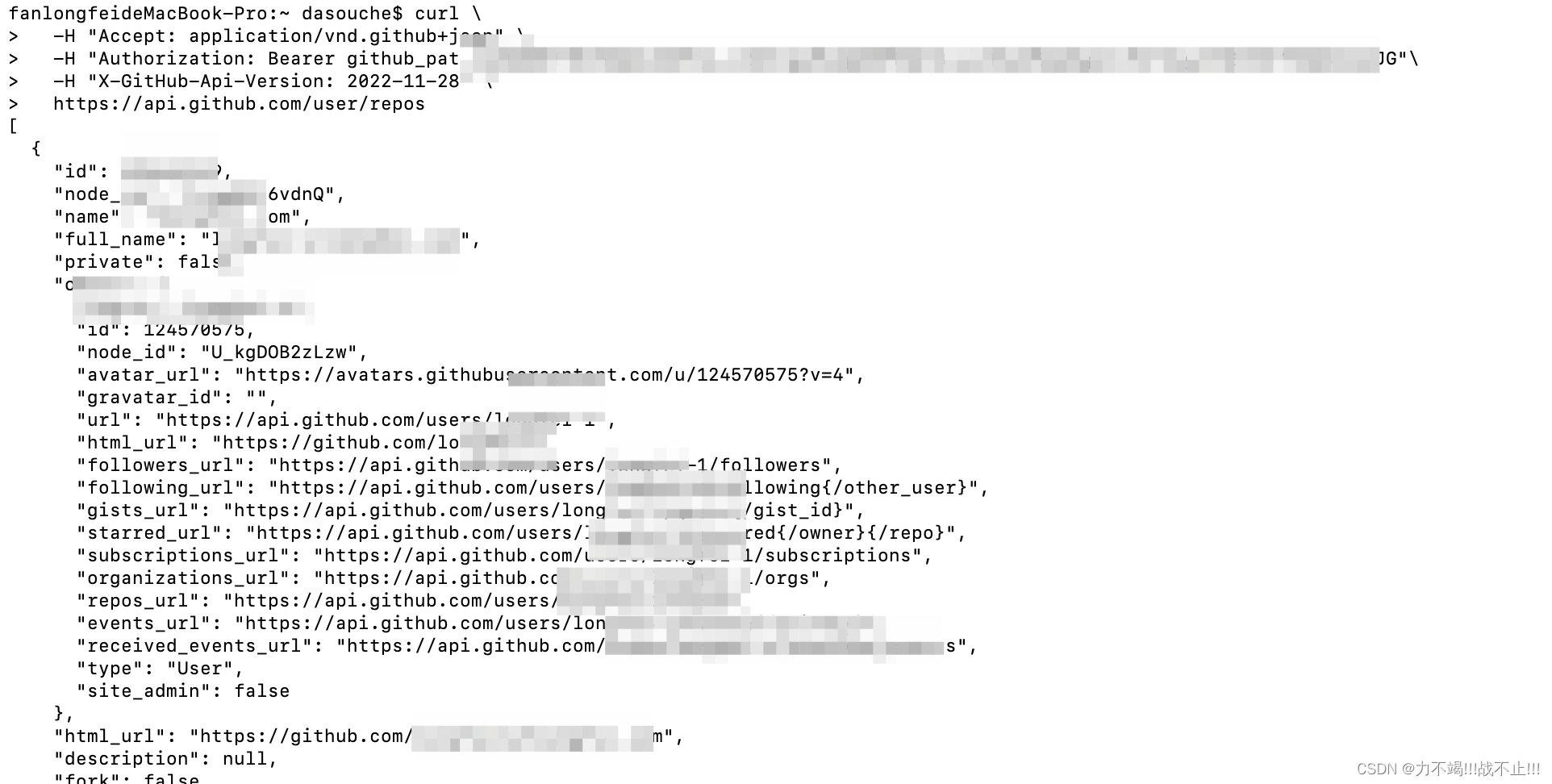文章目录
- 1797. 设计一个验证系统
- 方法1:哈希表
- 代码总体
1797. 设计一个验证系统
LeetCode: 1797. 设计一个验证系统
中等 \color{#FFB800}{中等} 中等
你需要设计一个包含验证码的验证系统。每一次验证中,用户会收到一个新的验证码,这个验证码在
currentTime时刻之后timeToLive秒过期。如果验证码被更新了,那么它会在currentTime(可能与之前的currentTime不同)时刻延长timeToLive秒。请你实现
AuthenticationManager类:
AuthenticationManager(int timeToLive)构造AuthenticationManager并设置timeToLive参数。generate(string tokenId, int currentTime)给定tokenId,在当前时间currentTime生成一个新的验证码。renew(string tokenId, int currentTime)将给定tokenId且 未过期 的验证码在currentTime时刻更新。如果给定tokenId对应的验证码不存在或已过期,请你忽略该操作,不会有任何更新操作发生。countUnexpiredTokens(int currentTime)请返回在给定currentTime时刻,未过期 的验证码数目。如果一个验证码在时刻
t过期,且另一个操作恰好在时刻t发生(renew或者countUnexpiredTokens操作),过期事件 优先于 其他操作。
示例 1:

输入:
["AuthenticationManager", "renew", "generate", "countUnexpiredTokens", "generate", "renew", "renew", "countUnexpiredTokens"]
[[5], ["aaa", 1], ["aaa", 2], [6], ["bbb", 7], ["aaa", 8], ["bbb", 10], [15]]
输出:
[null, null, null, 1, null, null, null, 0]
解释:
AuthenticationManager authenticationManager = new AuthenticationManager(5); // 构造 AuthenticationManager ,设置 timeToLive = 5 秒。
authenticationManager.renew("aaa", 1); // 时刻 1 时,没有验证码的 tokenId 为 "aaa" ,没有验证码被更新。
authenticationManager.generate("aaa", 2); // 时刻 2 时,生成一个 tokenId 为 "aaa" 的新验证码。
authenticationManager.countUnexpiredTokens(6); // 时刻 6 时,只有 tokenId 为 "aaa" 的验证码未过期,所以返回 1 。
authenticationManager.generate("bbb", 7); // 时刻 7 时,生成一个 tokenId 为 "bbb" 的新验证码。
authenticationManager.renew("aaa", 8); // tokenId 为 "aaa" 的验证码在时刻 7 过期,且 8 >= 7 ,所以时刻 8 的renew 操作被忽略,没有验证码被更新。
authenticationManager.renew("bbb", 10); // tokenId 为 "bbb" 的验证码在时刻 10 没有过期,所以 renew 操作会执行,该 token 将在时刻 15 过期。
authenticationManager.countUnexpiredTokens(15); // tokenId 为 "bbb" 的验证码在时刻 15 过期,tokenId 为 "aaa" 的验证码在时刻 7 过期,所有验证码均已过期,所以返回 0 。
提示:
1 <= timeToLive <= 10^81 <= currentTime <= 10^81 <= tokenId.length <= 5tokenId只包含小写英文字母。- 所有
generate函数的调用都会包含独一无二的tokenId值。 - 所有函数调用中,
currentTime的值 严格递增 。 - 所有函数的调用次数总共不超过
2000次。
方法1:哈希表
使用哈希表来存放验证码及其过期时间。哈希表的键为验证码字符串,值为对应的过期时间。
构造函数将 timeToLive 记录下来:
class AuthenticationManager
{
public:
explicit AuthenticationManager(const int timeToLive)
: ttl{timeToLive} { }
private:
const int ttl;
};
函数 generate() 将传入的 tokenId 记录下来,并将 currentTime 加上 ttl 作为该验证码的 过期时间 记录下来:
void generate(string tokenId, const int currentTime)
{
hashtable.emplace(std::move(tokenId), currentTime + ttl);
}
函数 renew() 实现验证码的更新。按题意,若哈希表中没有找到该验证码,则不做任何操作;若该验证码的过期时间 小于等于 当前时间 currentTime ,则删除,否则更新为 currentTime + ttl ,即在当前时间下 延后 ttl 个时间。
void renew(const string& tokenId, const int currentTime)
{
if (const auto it = hashtable.find(tokenId);
it != hashtable.end())
{
if (it->second > currentTime)
it->second = currentTime + ttl;
else
hashtable.erase(it);
}
}
函数 countUnexpiredTokens 在调用函数 clearExpiredTokens 清除 过期 验证码后,返回哈希表中的元素个数,即为所求的当前 未过期 的验证码。
int countUnexpiredTokens(const int currentTime)
{
clearExpiredTokens(currentTime);
return static_cast<int>(hashtable.size());
}
函数 clearExpiredTokens 遍历哈希表,并逐个删除 过期的 验证码:
void clearExpiredTokens(const int currentTime)
{
for (auto it = hashtable.begin(); it != hashtable.end();)
{
if (const auto& [_, expireTime] = *it;
expireTime <= currentTime)
it = hashtable.erase(it);
else
++it;
}
}
代码总体
#include <string>
#include <unordered_map>
using namespace std;
class AuthenticationManager
{
public:
explicit AuthenticationManager(const int timeToLive)
: ttl{timeToLive} { }
void generate(string tokenId, const int currentTime)
{
hashtable.emplace(std::move(tokenId), currentTime + ttl);
}
void renew(const string& tokenId, const int currentTime)
{
if (const auto it = hashtable.find(tokenId);
it != hashtable.end())
{
if (it->second > currentTime)
it->second = currentTime + ttl;
else
hashtable.erase(it);
}
}
int countUnexpiredTokens(const int currentTime)
{
clearExpiredTokens(currentTime);
return static_cast<int>(hashtable.size());
}
private:
void clearExpiredTokens(const int currentTime)
{
for (auto it = hashtable.begin(); it != hashtable.end();)
{
if (const auto& [_, expireTime] = *it;
expireTime <= currentTime)
it = hashtable.erase(it);
else
++it;
}
}
private:
const int ttl;
unordered_map<string, int> hashtable;
};
复杂度分析:
-
时间复杂度:
- 构造函数: O ( 1 ) O(1) O(1)
- generate(): O ( 1 ) O(1) O(1),哈希表的插入操作即为 O ( 1 ) O(1) O(1) 的时间复杂度。
- renew(): O ( 1 ) O(1) O(1),哈希表的查找、删除操作均为 O ( 1 ) O(1) O(1) 的时间复杂度。
- countUnexpiredTokens():
O
(
n
)
O(n)
O(n),其中
n
n
n 为哈希表中的验证码元素个数,或者说就是函数
generate()的调用次数。
-
空间复杂度: O ( n ) O(n) O(n)。其中 n n n 为函数
generate()的调用次数,主要为哈希表的开销。
参考结果
Accepted
90/90 cases passed (76 ms)
Your runtime beats 65.89 % of cpp submissions
Your memory usage beats 89.25 % of cpp submissions (29.3 MB)
若每次调用
generate()和renew()时都打算清理 过期的 验证码,那么由于函数clearExpiredTokens()的时间复杂度为 O ( n ) O(n) O(n) ,函数generate()和renew()的时间复杂度也会继而变为 O ( n ) O(n) O(n) 。参考结果如下:
Accepted 90/90 cases passed (92 ms) Your runtime beats 34.58 % of cpp submissions Your memory usage beats 93.46 % of cpp submissions (29.3 MB)

